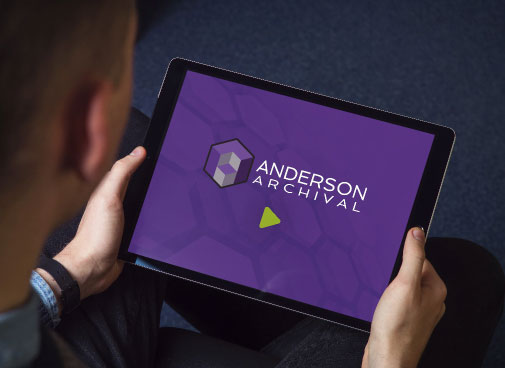Digitization of Museums: Transforming Experience in the Digital Age

By Team Lead Marcia Spicer Museums have always been regarded as the interpreters and caretakers of history, science, art, and culture. Immersing oneself in historical artifacts and knowledge can create impressions that last a lifetime. Witnessing displays of historical artifacts firsthand allows patrons to experience history in ways that static exhibits alone can’t convey. Digitization […]
Securing Your Legacy: Realistic Tips for Digital Preservation and Archiving
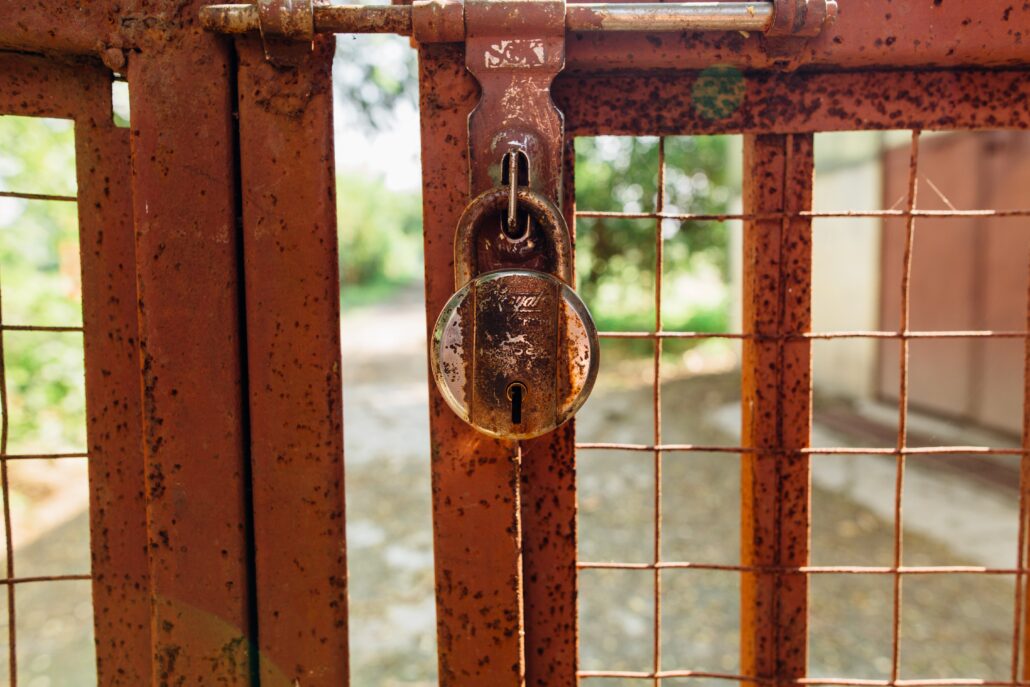
By Team Lead Marcia Spicer In a world where technology evolves at lightning speed, preserving your company’s legacy and the documents and artifacts that create your story can be a daunting task. Whether it’s decades-old documents, photographs, or digital files, maintaining an organized and accessible archive is essential. Here are six (6) realistic tips to […]
Anderson Archival’s Shana Scott Commits to ARMA
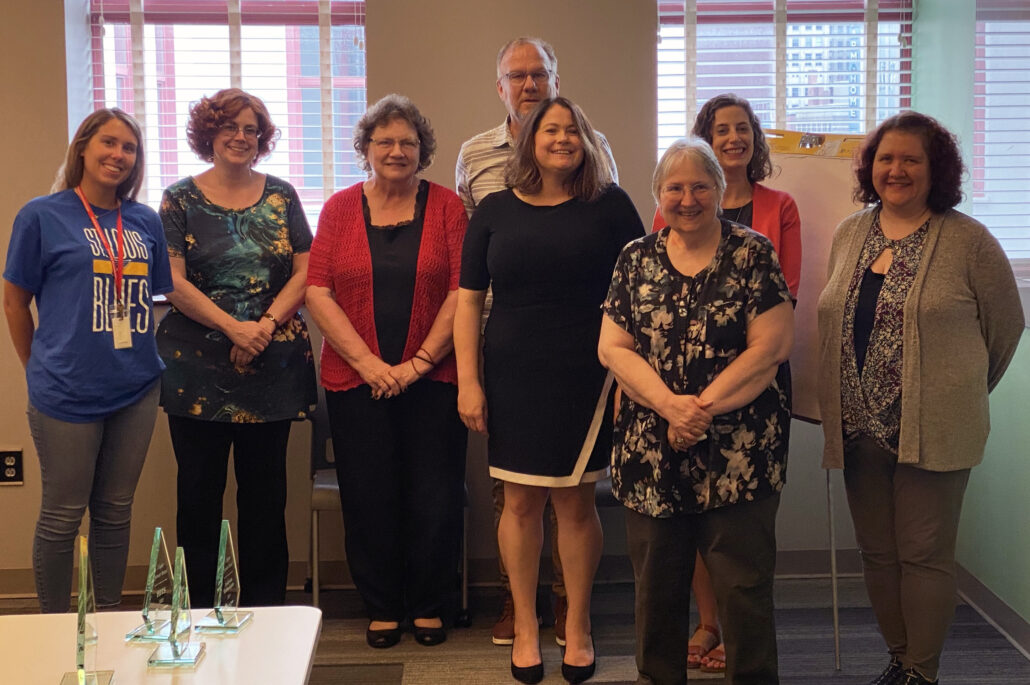
Shana Scott (second to left) with the ARMA STL board By Team Lead Marcia Spicer We are proud to announce that Shana Scott, Archives Technician at Anderson Archival, has been appointed the Co-Director of Programming for the St. Louis Chapter of ARMA International (Association of Records Managers and Administrators)! This significant accomplishment highlights Shana’s dedication […]
Access to Your Archive: Make It Easy, Make a Difference
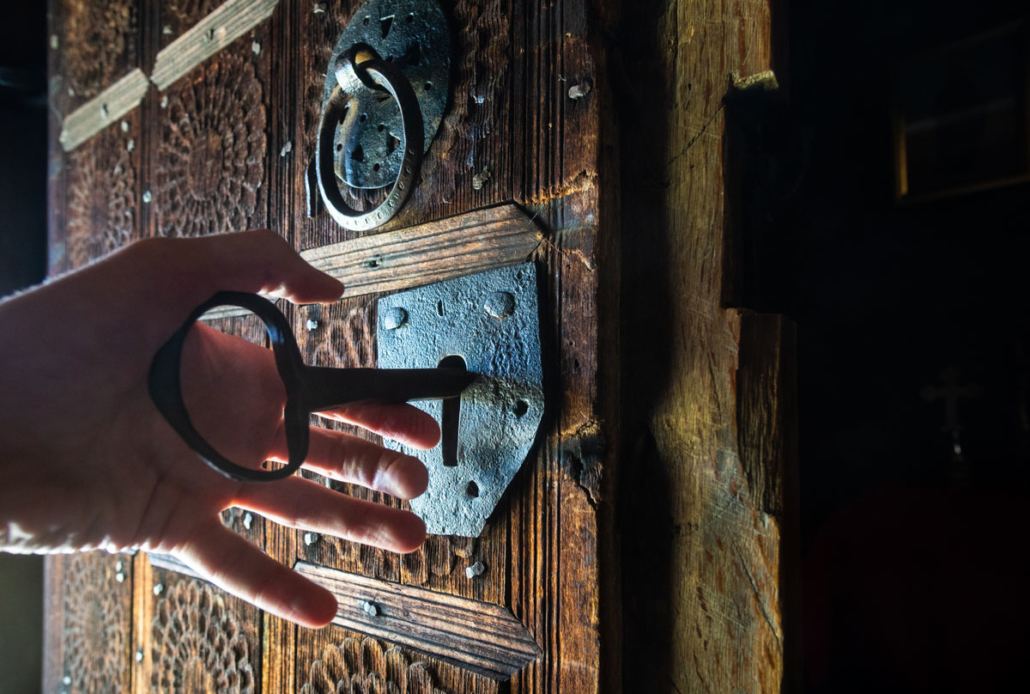
Why digitize? This is the question many archive owners, collectors, and curators face. In an increasingly digital world, analog access to collections and archives is still the norm. But should it be? A Philosophical Question If a tree falls in a forest and no one is around to hear it, does it make a sound? […]
Learn: Digital Preservation vs. Digitization
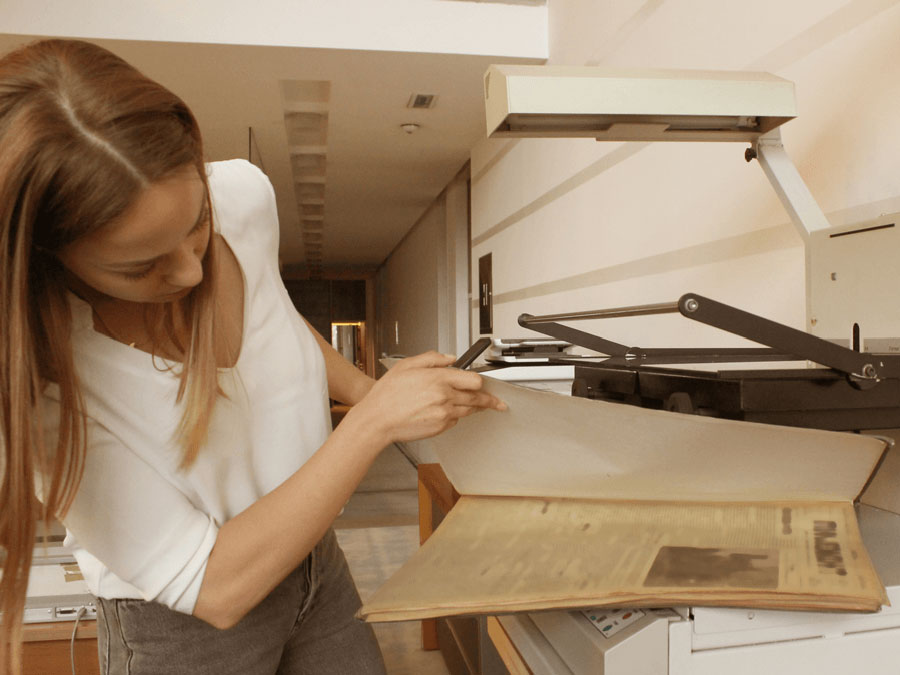
It may feel like the terms “digital preservation” and “digitization” are interchangeable, but it’s better to think of them as fingers and thumbs. All thumbs may be fingers, but not all fingers are thumbs. Digitization is the thumb and digital preservation are the fingers. Digitization is necessary to the overall function of digital preservation, but […]
Access Is Essential!, Part 2

by Shana Scott As I outlined in my last post, the purpose of preservation is to protect an object, document, or other material and ensure it lasts for future generations to see and use. I talked about accessibility and what it means for all types of people accessing physical collections. Here’s a statement that very […]
Learn: What is a Digital Collection or Digital Library?
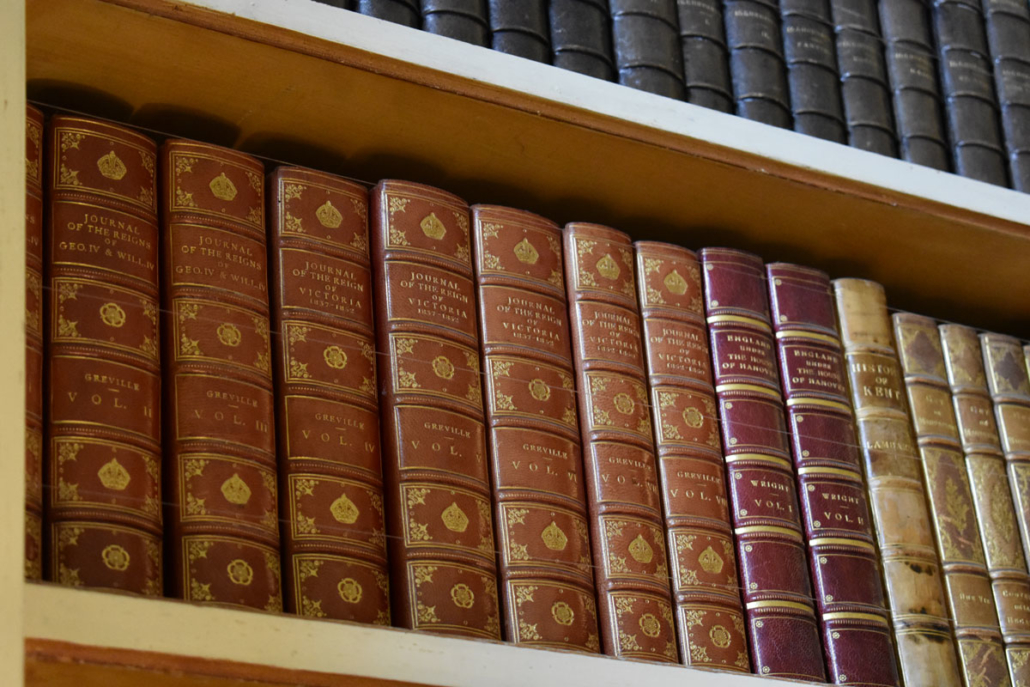
Whether you’re a researcher, student, librarian, or bibliophile, it’s likely you’ve accessed a digital collection or enjoyed a digital library. Using these convenient resources may lead you to wonder how to make your own collection sharable online. Learn about the concepts of digital collections and digital libraries in this Anderson Archival explainer. What Is a […]
Holding History in Our Hands
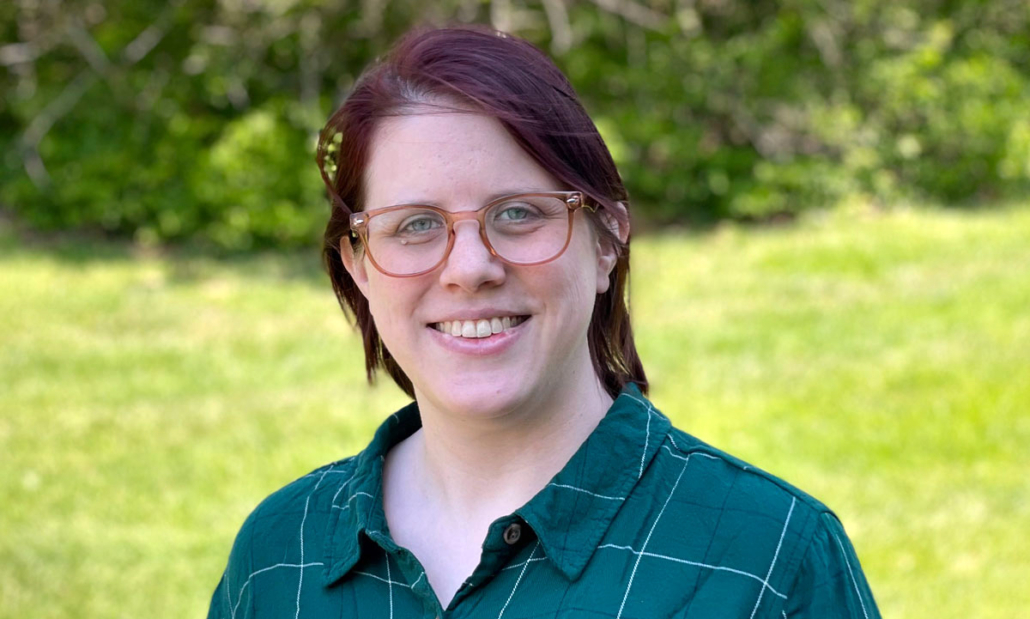
Creating Life-Altering Memories “I am honored to work for a company where I get to help our clients preserve historical documents,” says content specialist Marcia Spicer of her work at Anderson Archival. “Whether they are the private memories from someone who never imagined their words would survive through the generations or a public collection that […]
3 Ways to Make Your Historical Archive Impactful Today
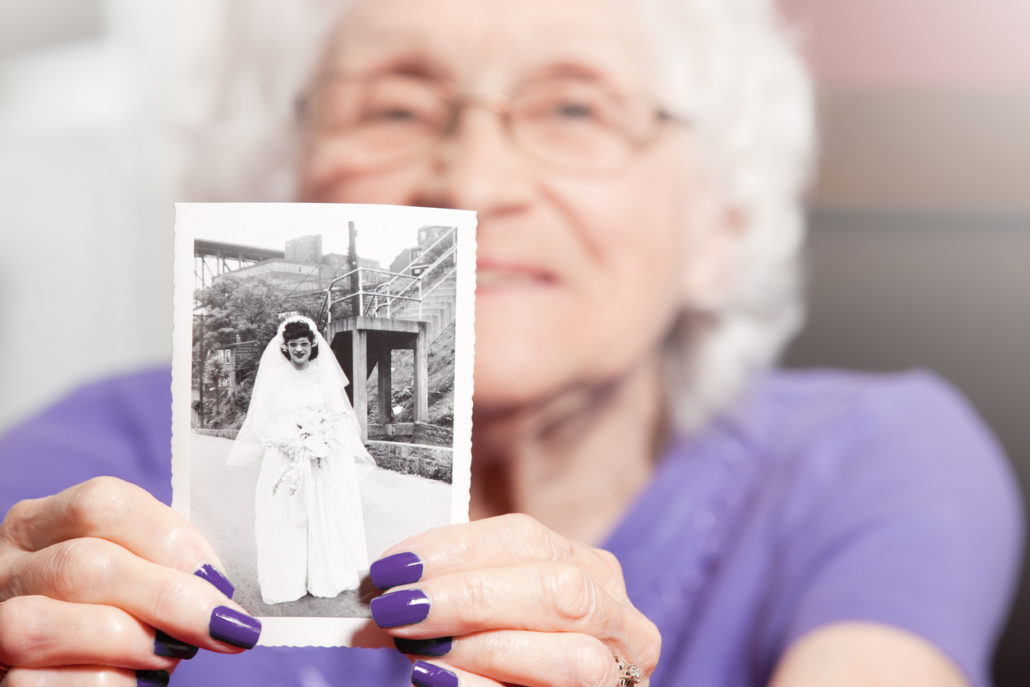
In leisure time alone, the average human processes at least 34 gigabytes of information daily. On the internet, this looks like their newsfeed, the endless scroll of what friends and acquaintances are doing at any given moment, and the 24-hour news cycle. Even if a user is searching for something specific, they’re bound to be […]
Hunting for History – And the Perfect Digital Archive
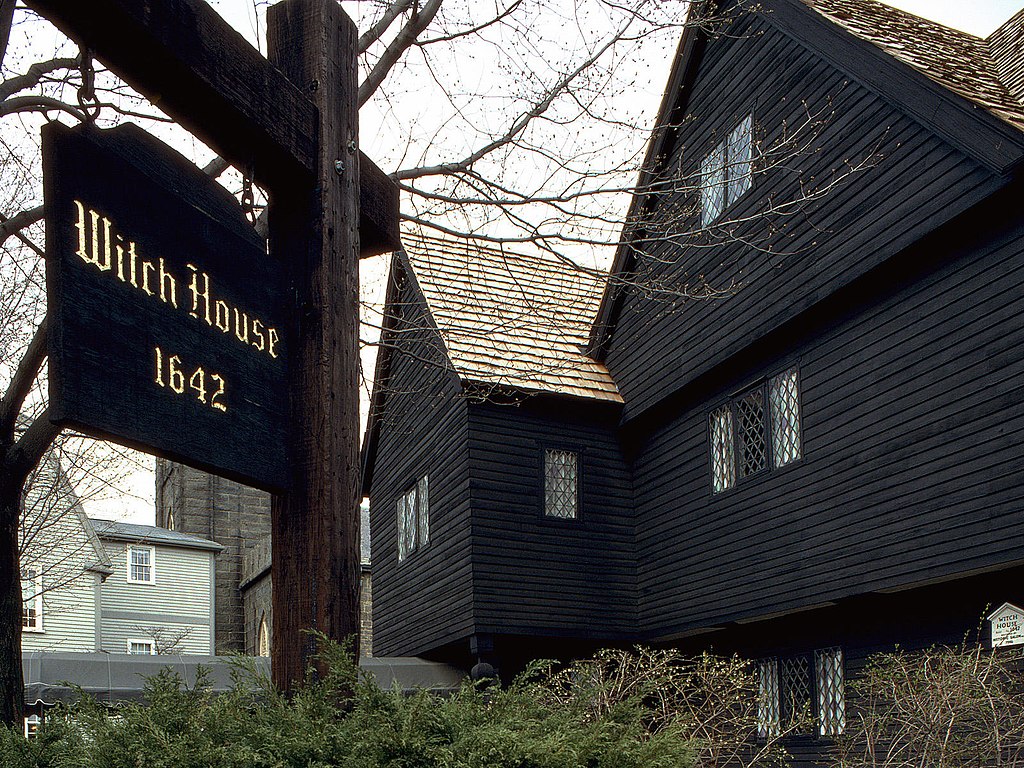
For years, the city of Salem, Massachusetts has been collecting, preserving, and slowly digitizing historical records dating back 400 years. Salem, most notable to laypeople as the location of the infamous witch trials, is home to a rich variety of historical organizations. Many of these organizations have digitally shared their own collections, but in October […]



